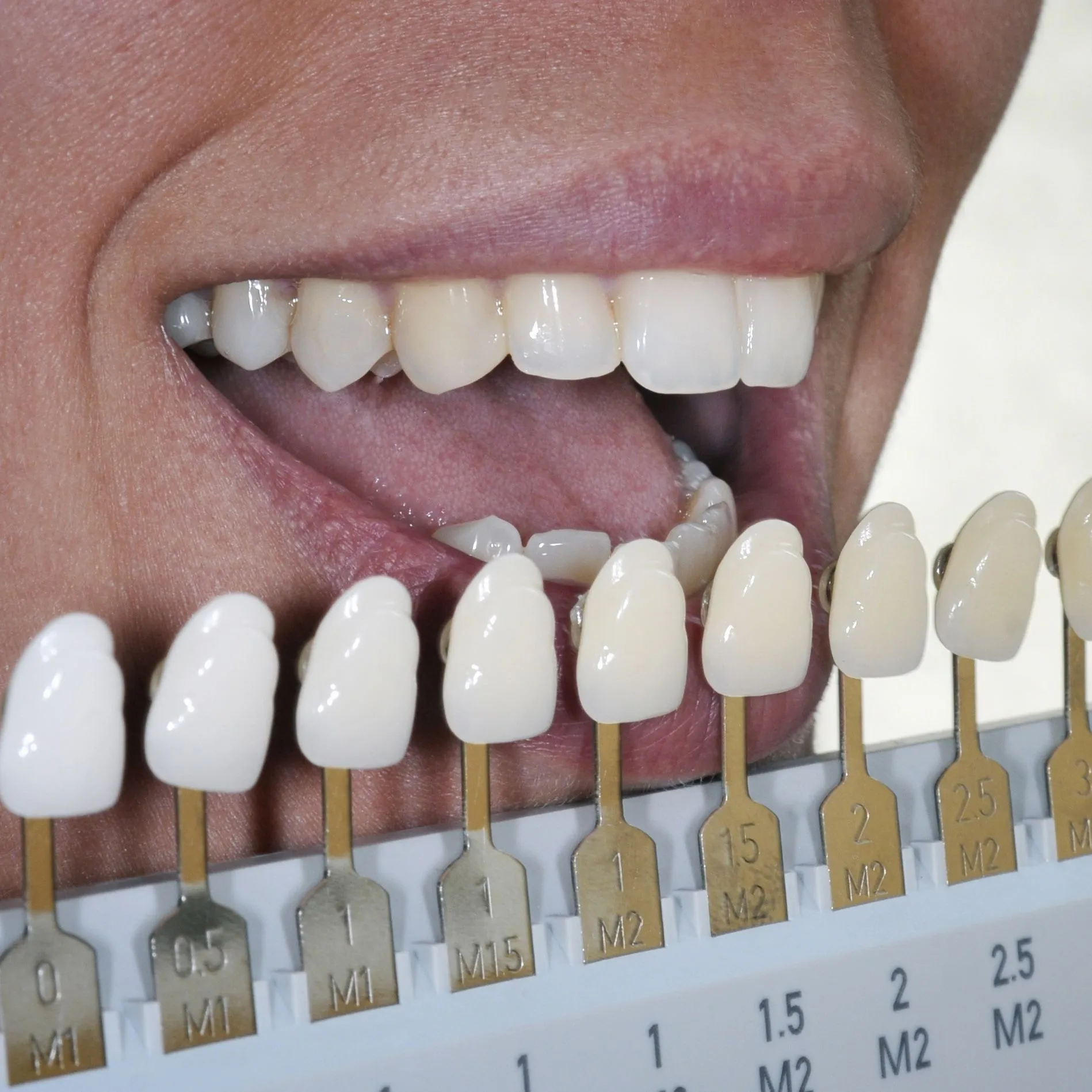What are Teeth Whitening Gels?
Teeth whitening gels are a popular and effective method for achieving a brighter, more confident smile. These gels contain active ingredients that penetrate the enamel of your teeth to break down stains and discoloration. They are typically available over-the-counter (OTC) or through a dentist and offer a convenient way to enhance your teeth’s appearance from the comfort of your home. The effectiveness of these gels can vary depending on the concentration of the active ingredients and the type of stains being treated. Understanding how these gels work is crucial to making an informed decision about your oral care routine. The market is filled with a wide variety of products, each promising exceptional results, making it important to be informed about their mechanisms and ingredients.
Understanding the Science Behind Teeth Whitening Gels
The science behind teeth whitening gels revolves around the process of oxidation. The active ingredients, usually hydrogen peroxide or carbamide peroxide, release oxygen molecules that penetrate the porous enamel of your teeth. These oxygen molecules then react with the stain molecules, breaking them down into smaller, less visible components. This process effectively removes the stains that cause discoloration, leading to a brighter smile. The concentration of the active ingredient plays a significant role in the effectiveness of the gel. Higher concentrations typically yield faster results but may also increase the risk of sensitivity. The duration of the application and the frequency of use also influence the outcome, with consistent use often leading to the best results. Understanding this chemical process helps demystify the effectiveness of whitening gels.
How Whitening Gels Remove Stains
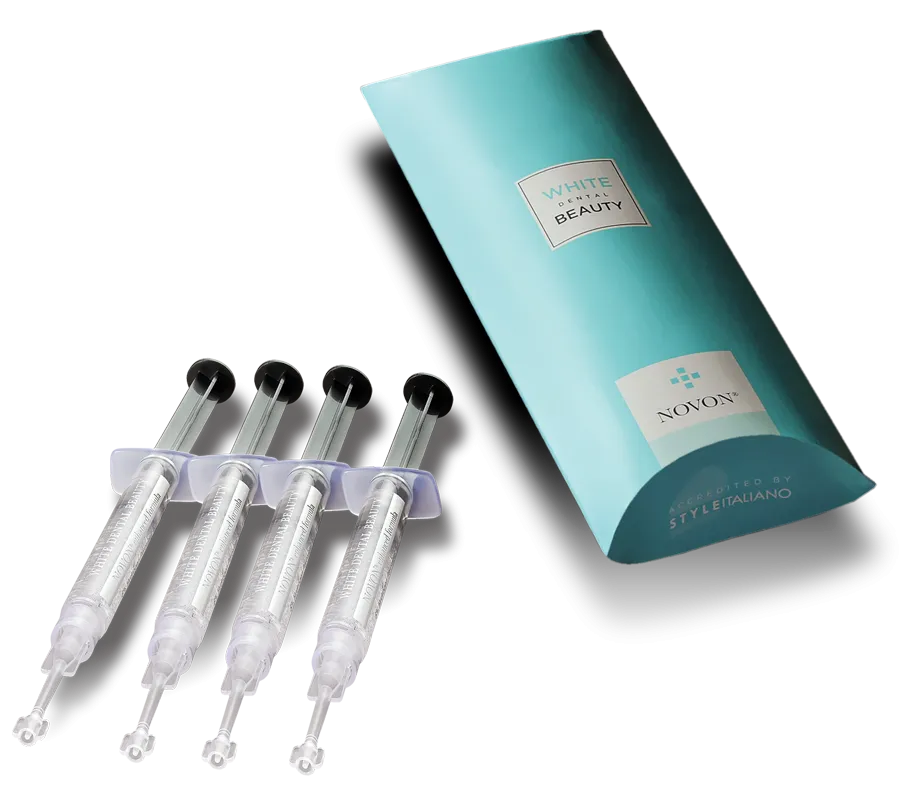
Whitening gels work by targeting both intrinsic and extrinsic stains on your teeth. Extrinsic stains are those on the surface, caused by food, drinks, and tobacco. Intrinsic stains are deeper within the tooth structure, often caused by aging, medications, or trauma. The oxygen molecules released by the active ingredients in the gel diffuse through the enamel and dentin, reaching the stain molecules. As the oxygen interacts with the stain molecules, it breaks their chemical bonds, effectively dissolving them and making them less visible. The process is similar to how a bleaching agent works, but it’s specifically designed for use on teeth, ensuring that the enamel is not overly damaged. The effectiveness also depends on the type of stain, with surface stains often responding more quickly than deeper, more stubborn stains. Consistency in usage is often required for the most noticeable improvements.
Types of Teeth Whitening Gels
There are several types of teeth whitening gels available, varying in active ingredients, concentrations, and application methods. The most common active ingredients are hydrogen peroxide and carbamide peroxide. These gels are available in different strengths, ranging from lower concentrations for OTC products to higher concentrations used by dental professionals. The application methods also vary, including strips, trays, and brush-on gels. Each type is designed to fit into different lifestyles and preferences. Knowing the different types can help you choose the product that best suits your needs and desired results. Proper application, as directed by the manufacturer or your dentist, is key to ensuring the best outcome and minimizing potential side effects.
Hydrogen Peroxide Gels
Hydrogen peroxide is a common and potent bleaching agent used in many teeth whitening gels. It directly oxidizes stain molecules, leading to a brighter smile. The concentration of hydrogen peroxide in the gel directly impacts its effectiveness; higher concentrations typically deliver faster results but may increase the risk of sensitivity. These gels are often available in different strengths, with professional-grade products containing higher concentrations. Application methods can vary, including use with trays or as brush-on gels. It is important to follow the instructions carefully to avoid any adverse effects. Hydrogen peroxide gels are known for their efficiency in breaking down both surface and deeper stains, providing a significant whitening effect.
Carbamide Peroxide Gels
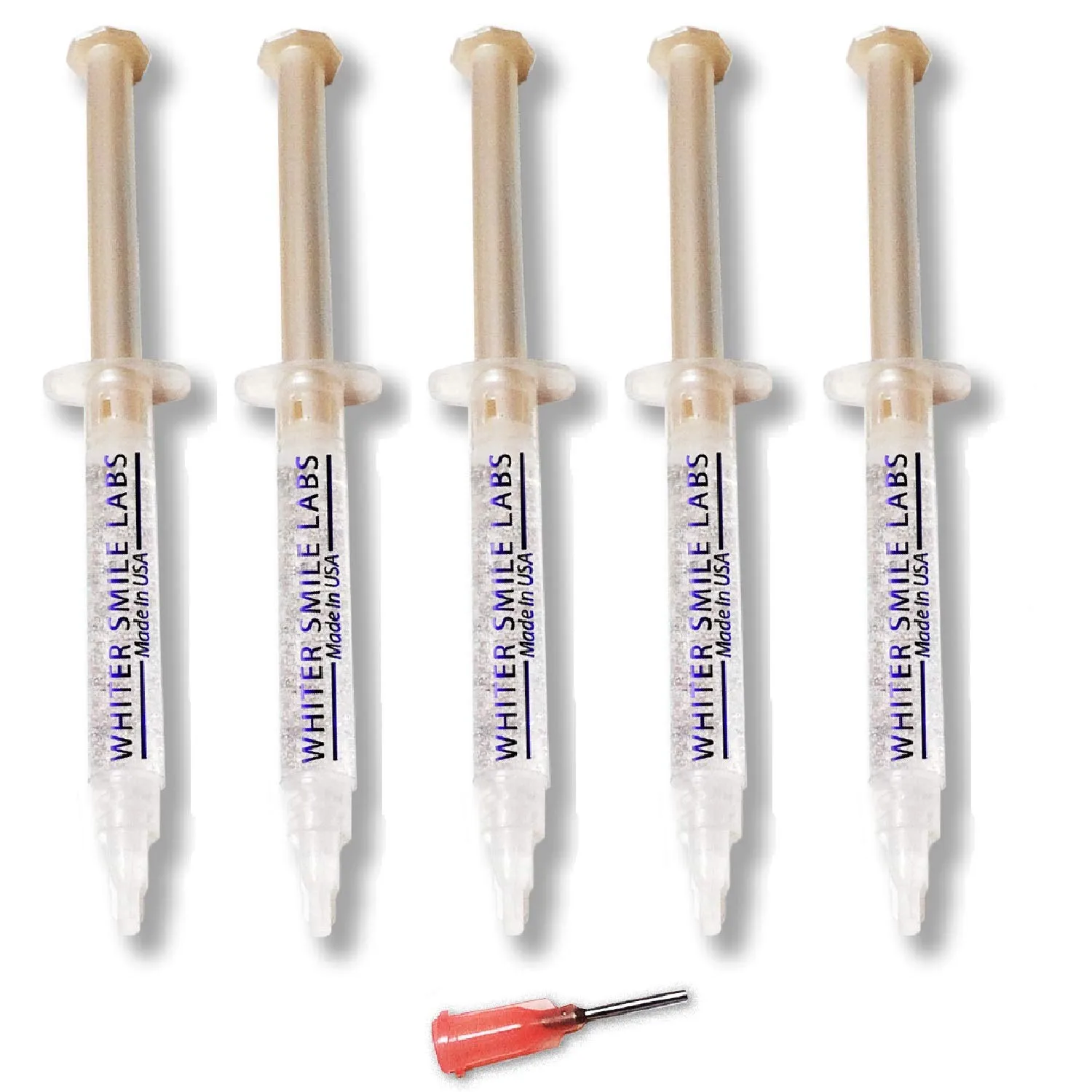
Carbamide peroxide is another active ingredient commonly found in teeth whitening gels. It breaks down into hydrogen peroxide and urea when it comes into contact with water. This slower release makes it a gentler option compared to pure hydrogen peroxide, reducing the risk of sensitivity for some users. Carbamide peroxide gels are often used in overnight whitening treatments due to their sustained release of the active whitening agent. The concentration levels of carbamide peroxide also vary, affecting the results. These gels are often favored for at-home whitening kits because they provide a balance between effectiveness and gentleness. Understanding the differences between these gels helps you make a more informed decision based on your specific needs and tolerance levels.
Other Whitening Agents in Gels
While hydrogen peroxide and carbamide peroxide are the most common, some whitening gels may contain other agents to boost their effectiveness or address specific concerns. Some products might include ingredients designed to reduce sensitivity, such as potassium nitrate or fluoride. Some also incorporate mild abrasives to help remove surface stains. These additional ingredients enhance the overall whitening experience and address user-specific requirements. Always read the ingredient list carefully to identify potential allergens or irritants. The inclusion of these additional components shows how whitening gel formulations are evolving to offer more comprehensive solutions for tooth whitening and oral health.
The Process of Using Teeth Whitening Gels
The process of using teeth whitening gels typically involves several steps, from preparing your teeth to applying the gel and maintaining the results. Before you start, it’s important to brush and floss your teeth to remove any surface debris. Depending on the product, the gel is then applied using trays, strips, or a brush. The gel should come into contact with the teeth’s surface for the recommended time specified in the product instructions. After the treatment time, you’ll need to remove the application method and rinse your mouth thoroughly. Regularly repeating this process, as directed, will allow you to achieve the desired whitening results. Adhering to the guidelines ensures you optimize the whitening effectiveness while minimizing the risk of any unwanted effects.
Application Methods for Gels
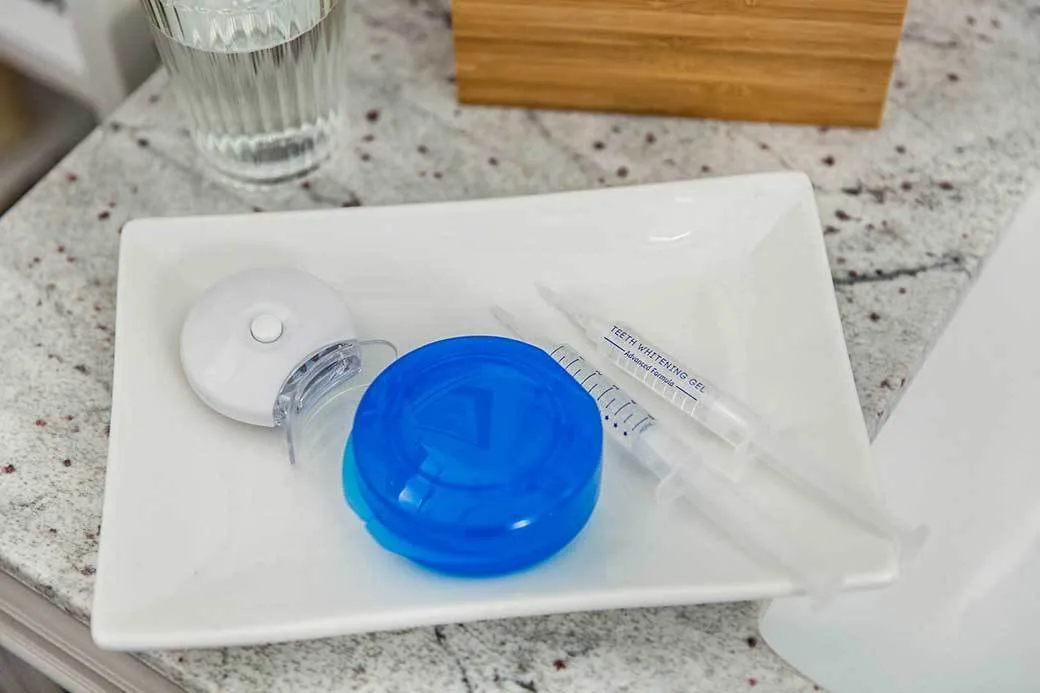
Teeth whitening gels are applied using various methods to suit different preferences and lifestyles. Custom-fitted trays, provided by a dentist, offer the most precise application, ensuring the gel covers all tooth surfaces evenly. Pre-filled whitening strips are also popular due to their ease of use and convenience. Brush-on gels are another option, allowing you to paint the gel directly onto your teeth. Each method has its own benefits, such as ensuring maximum coverage or providing easy, on-the-go solutions. The right method depends on your preference, the product’s instructions, and the specific needs of your teeth. Understanding the different ways to apply whitening gel helps you to select the method best suited for your oral care routine and desired results.
Whitening Gel Duration and Frequency
The duration and frequency of using teeth whitening gels depend on the specific product and your desired outcome. Generally, OTC products require more frequent use, sometimes daily for several weeks, to achieve noticeable results. Professional treatments may have a shorter duration but typically involve higher concentrations and may yield faster results. It is essential to adhere to the product’s instructions to avoid overexposure, which may cause increased sensitivity or irritation. The frequency also impacts the results, as more regular applications usually lead to quicker improvements. Always consult your dentist to determine the best schedule for your situation, considering the strength of the gel and your oral health condition. This balance ensures you whiten your teeth effectively while protecting your oral health.
Factors Affecting Teeth Whitening Results
Several factors can influence the effectiveness of teeth whitening gels, impacting the final results and the overall whitening experience. Certain lifestyle choices, like your diet and oral hygiene habits, play a significant role. The severity and type of stains also affect how quickly and effectively the gel works. Furthermore, the level of sensitivity in your teeth may determine the strength of the gel or the frequency of applications. Understanding these factors helps you manage your expectations and adjust your approach accordingly. Being aware of these influences can help you make informed decisions to maximize the benefits and minimize any potential side effects.
Diet and Lifestyle
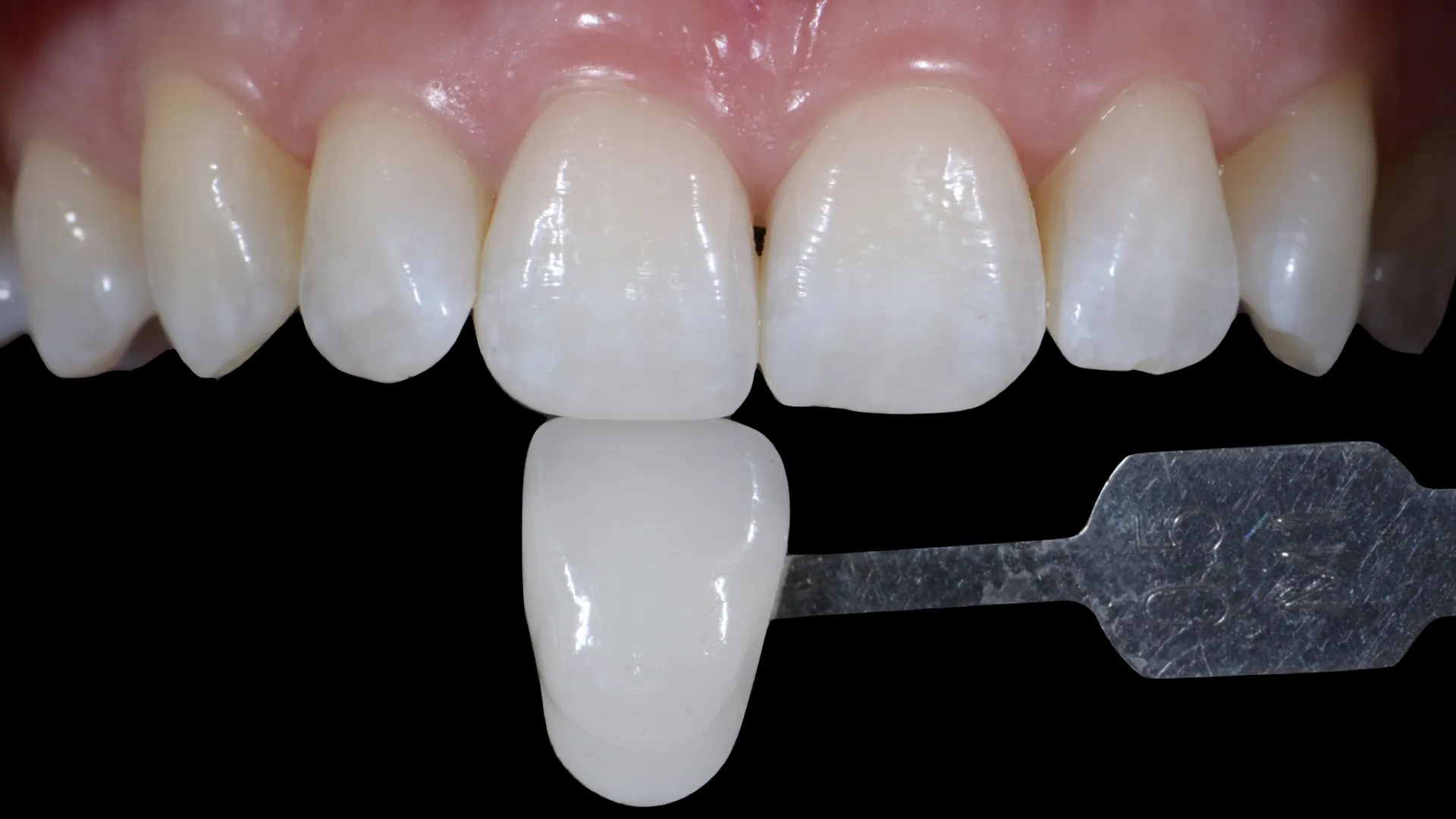
Your diet and lifestyle significantly impact the efficacy and longevity of teeth whitening treatments. Foods and drinks high in staining agents, such as coffee, tea, red wine, and berries, can gradually re-stain your teeth, diminishing the whitening effects. Smoking and tobacco use also contribute to discoloration and hinder whitening results. Maintaining good oral hygiene, including regular brushing, flossing, and professional dental cleanings, is crucial for preserving your bright smile. Making adjustments to your diet and lifestyle can enhance and prolong the whitening benefits, ensuring that you maintain a brighter smile for longer. Proper care after treatment will help keep your teeth looking their best.
Teeth Sensitivity
Teeth sensitivity is a common side effect of teeth whitening treatments. The active ingredients in whitening gels can penetrate the enamel and reach the dentin, which contains nerve endings, causing sensitivity. The degree of sensitivity varies depending on the concentration of the active ingredient, the duration of the treatment, and individual tooth sensitivity. Using lower-concentration gels, reducing the treatment frequency, or using products designed to reduce sensitivity can help minimize discomfort. Some products contain ingredients like potassium nitrate or fluoride, which help desensitize the teeth and reduce sensitivity. If you experience excessive sensitivity, it is essential to consult your dentist. They can advise you on steps to take to reduce the side effects.
Top 5 Teeth Whitening Gels on the Market
The market is brimming with teeth whitening gels, each promising remarkable results. Selecting the right product can be daunting, given the variety of options available. However, some top-rated gels consistently receive positive reviews for their effectiveness and ease of use. These gels often feature key components such as hydrogen peroxide or carbamide peroxide, along with additional ingredients designed to minimize sensitivity and promote oral health. Reading reviews and researching the active ingredients can help you to find a whitening gel that aligns with your goals. Some brands are known for delivering impressive results without causing too much sensitivity, making them a popular choice among consumers. Always consult your dentist before choosing a whitening product.
Features to Look For

When selecting a teeth whitening gel, consider several key features to ensure it meets your specific needs. Check the concentration of the active ingredients, such as hydrogen peroxide or carbamide peroxide, as this affects the product’s effectiveness. Look for gels with proven ingredients to help minimize tooth sensitivity, like potassium nitrate or fluoride. Consider the application method – whether you prefer strips, trays, or brush-on gels. Read customer reviews to gauge user experiences and see if the product meets their expectations. Check for certifications or approvals from dental associations to guarantee its safety and effectiveness. A well-informed choice can enhance the overall outcome and ensure that the product aligns with your oral health requirements.
User Reviews and Ratings
User reviews and ratings provide invaluable insights into the performance of teeth whitening gels. These reviews offer real-world experiences from individuals who have used the product, allowing you to assess its effectiveness, ease of use, and any potential side effects. Pay attention to comments about sensitivity, the speed of whitening, and the overall satisfaction of the users. Websites and online platforms offer a variety of user experiences, making it easier to make informed decisions. Considering the reviews, you can identify which products provide the best results for your needs. By paying attention to user feedback, you can make a more informed decision when choosing a teeth whitening gel.
Potential Side Effects and Risks
While teeth whitening gels are generally safe, potential side effects and risks should be considered. The most common side effect is teeth sensitivity, which can range from mild to moderate discomfort. Gum irritation is another possibility, especially if the gel comes into contact with your gums. Overuse or misuse of whitening gels may lead to enamel damage, although this is rare. Following the product’s instructions and consulting your dentist can minimize these risks. It is vital to be aware of these potential effects to ensure you choose a product that fits your needs and risk tolerance. Knowing the side effects will allow you to make the best possible choices.
Sensitivity and Irritation
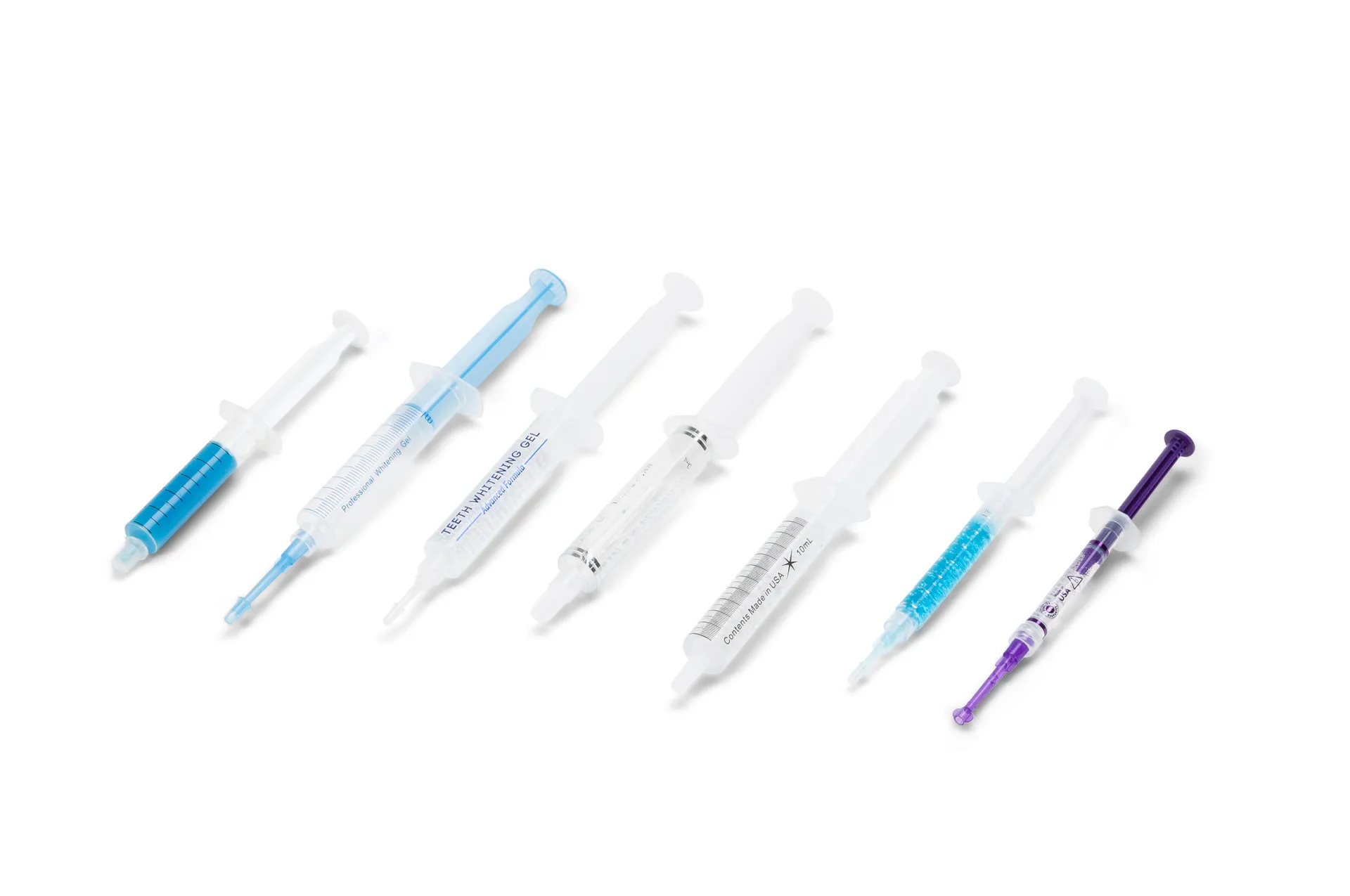
Teeth sensitivity and gum irritation are among the most common side effects of teeth whitening gels. Sensitivity can manifest as sharp pains or discomfort when consuming hot or cold foods and drinks. Gum irritation may appear as redness, swelling, or tenderness. The concentration of the active ingredient, the duration of treatment, and individual factors like tooth structure contribute to the severity of these effects. Many gels contain ingredients to reduce these effects, such as fluoride or potassium nitrate. If you experience significant sensitivity or irritation, it’s essential to stop using the product and consult your dentist. They can assess the problem and recommend solutions, such as desensitizing toothpaste or adjustments to your whitening plan, for managing these effects.
Alternatives to Teeth Whitening Gels
If teeth whitening gels are not suitable for you, several alternative methods are available for brightening your smile. Professional teeth whitening performed by a dentist is a highly effective option, often yielding faster and more dramatic results. Whitening toothpastes and mouthwashes can remove surface stains and maintain your teeth’s brightness. Veneers and dental bonding are cosmetic procedures that can address more severe discoloration or structural issues. The best alternative depends on your specific needs, the severity of the staining, and your budget. Discussing these options with your dentist helps determine the best approach to achieve your desired results. These options offer different degrees of effectiveness and longevity, and selecting the right one is essential.
